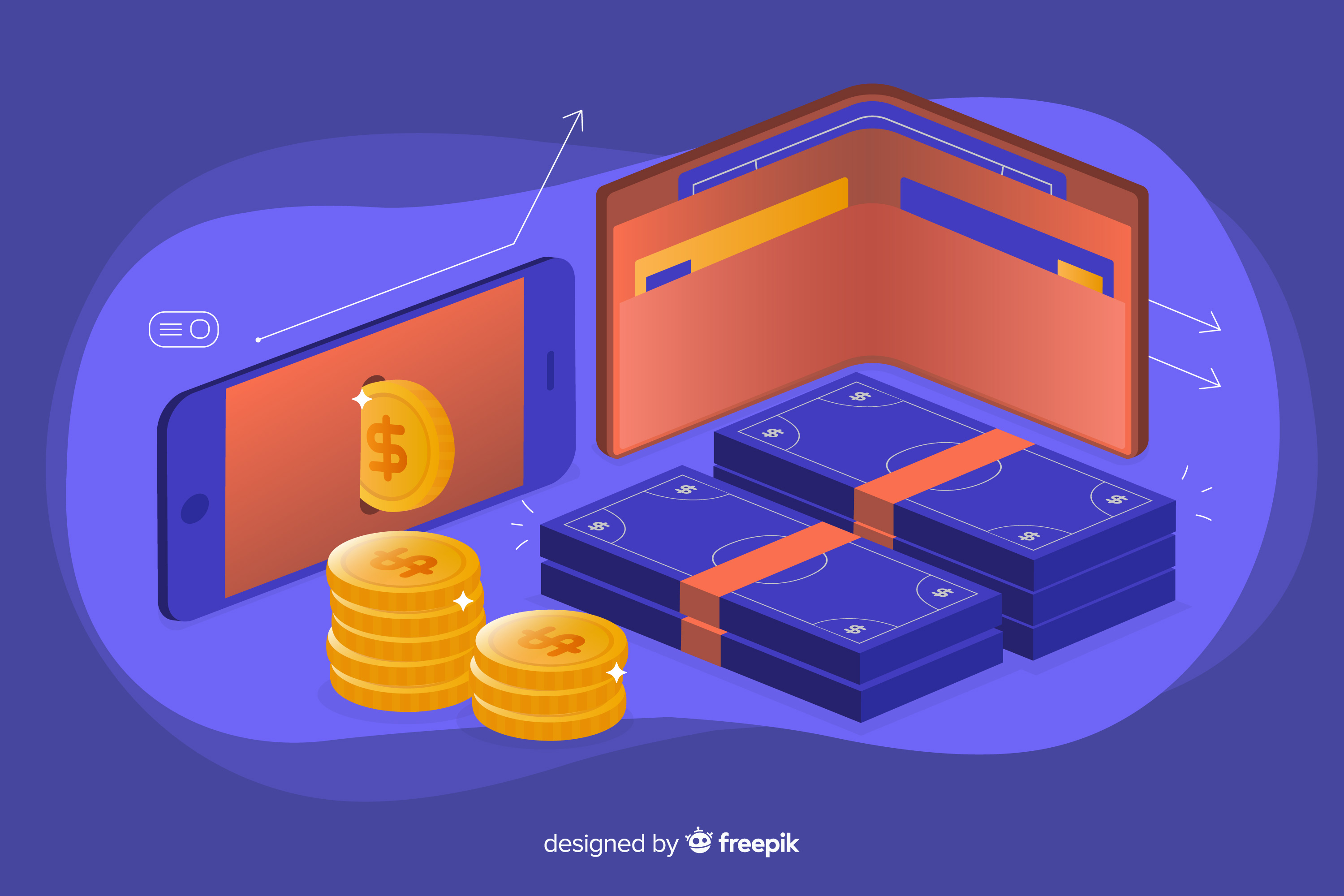For Web3 wallets, user conversion is critical. Getting users from install to funded wallet is often the toughest hurdle—and that friction can significantly impact growth.
This case study explores how one Web3 wallet integrated Transfi’s fiat-to-crypto on-ramp, improving its onboarding experience and boosting conversion rates by 25 percent.
The Challenge: Users Weren’t Funding Their Wallets
Despite a growing user base, this wallet faced a high drop-off rate between sign-up and wallet activation. Internal data showed:
- Users were downloading the app but not completing crypto purchases
- Many were abandoning the process when asked to leave the app to buy tokens
- Payment options weren’t accessible to users in emerging markets
- Conversion funnels were clogged at the fiat-to-crypto step
The wallet had built strong awareness but was losing users at the critical transaction step.
The Solution: Embedding Transfi's On-Ramp
After researching on-ramp providers, the team chose Transfi for its ability to deliver a fast, localized, and user-friendly experience.
Key reasons included:
- In-app purchase flow without redirects
- Localized payment support (UPI in India, PIX in Brazil, M-Pesa in Kenya)
- Stablecoin support (USDC, USDT, and others)
- Quick integration using a developer-friendly widget
- End-to-end compliance handled by Transfi
This allowed the team to provide a seamless, global onboarding flow without overhauling their backend systems.
Integration in Less Than Two Days
The team integrated Transfi in under 48 hours using the provided widget. The process involved:
- Embedding the on-ramp in the app’s onboarding screen
- Prefilling the wallet address to reduce user error
- Selecting preferred networks and stablecoins
- Going live and using Transfi’s analytics dashboard to track results
Transfi’s documentation and prebuilt components made the process simple, even with a lean engineering team.
Results: 25% Increase in Funded Wallets
Within 30 days of going live, the wallet team measured a significant increase in key performance metrics:
- Funded wallet conversions jumped from 17% to 42%
- Time to first crypto purchase dropped from days to minutes
- KYC completion rates improved due to streamlined onboarding
- User support requests related to payments decreased by more than half
This uplift translated directly to better activation rates, increased user engagement, and improved retention.
Why Transfi Worked So Well
1. Seamless In-App Experience
Keeping users inside the app eliminated drop-offs that occurred when redirecting to external sites.
2. Local Payment Coverage
Users in growth regions could pay with methods they already trusted, reducing friction.
3. Stablecoin Focus
Users were more willing to onboard using USDC and USDT than volatile crypto assets.
4. Regulatory Coverage
Transfi managed KYC and compliance, reducing operational overhead for the wallet team.
5. Clear User Flow
A simplified, intuitive purchase flow reduced confusion and helped users complete transactions faster.
What This Means for Web3 Growth
For Web3 apps to scale, onboarding must be seamless—especially in markets where traditional crypto infrastructure is lacking. Wallet providers can’t expect users to bridge assets manually or rely on centralized exchanges.
By embedding Transfi, this wallet team:
- Shortened time-to-value for new users
- Offered more inclusive payment methods
- Boosted conversion with minimal dev effort
- Reduced abandonment and improved user experience
Final Thoughts
Onboarding is the first and most critical step in user adoption. Without a frictionless on-ramp, even the best wallets struggle to retain users.
This case study shows that Transfi not only simplified onboarding but delivered tangible business results—from higher conversions to better user satisfaction. If you're building a Web3 wallet or application, it's worth considering how a seamless, localized on-ramp can transform your growth.
Frequently Asked Questions
1. How quickly can Transfi be integrated into a wallet?
Most teams complete integration in under 48 hours using Transfi’s widget or SDK.
2. What countries and payment methods does Transfi support?
Transfi covers over 100 countries and includes local payment rails like UPI (India), PIX (Brazil), M-Pesa (Kenya), and SEPA (Europe).
3. Does Transfi support stablecoins?
Yes. Transfi enables fiat-to-stablecoin purchases including USDC, USDT, and others on multiple networks.
4. Is branding customizable?
Yes. Transfi allows custom branding and localization to match the look and feel of your Web3 app.
5. Who handles compliance and KYC?
Transfi manages KYC, AML, and licensing so you don’t have to build it in-house.
Daftar Isi
Artikel yang Disarankan
Jelajahi produk kami

Lakukan pembayaran global dengan kecepatan klik

Terima pembayaran, hapus batas.

Buka Transaksi Mata Uang Digital yang Mulus Di Mana Saja








.png)














